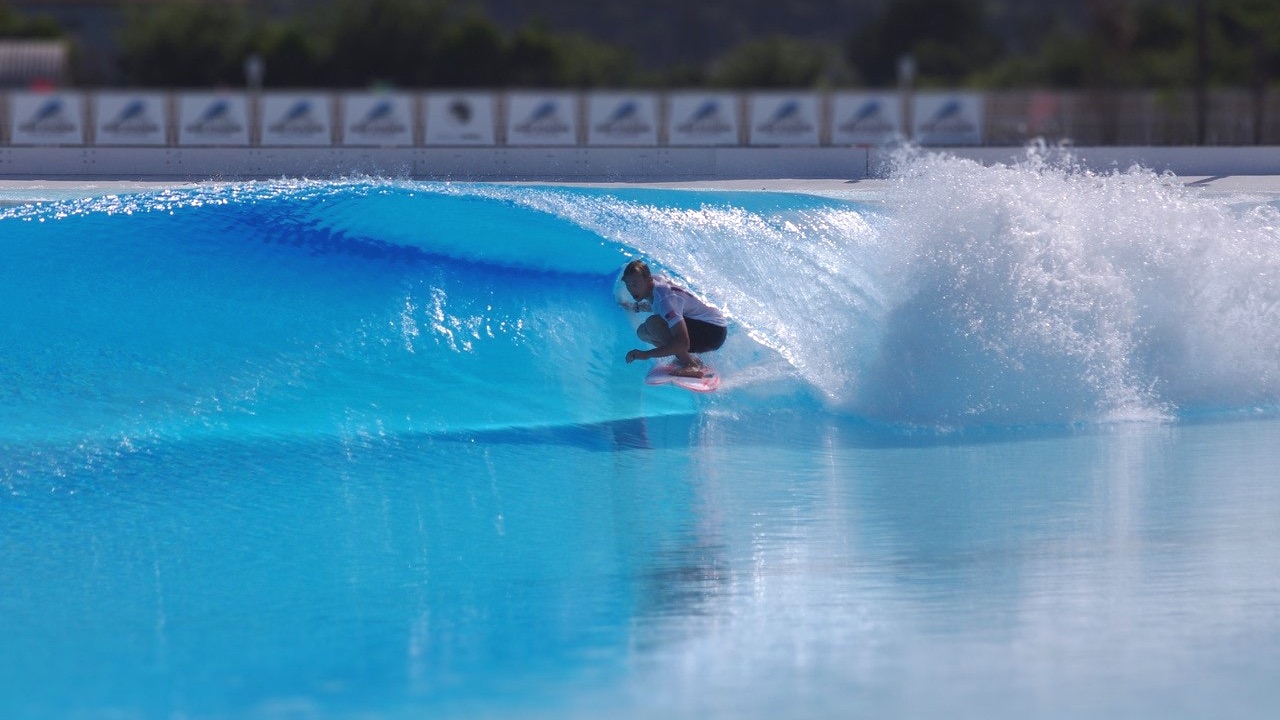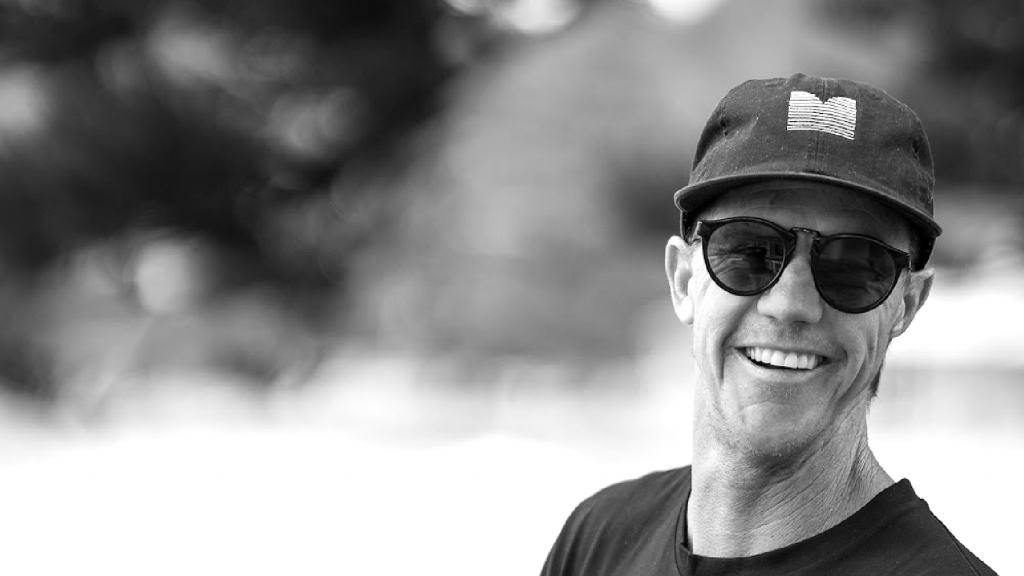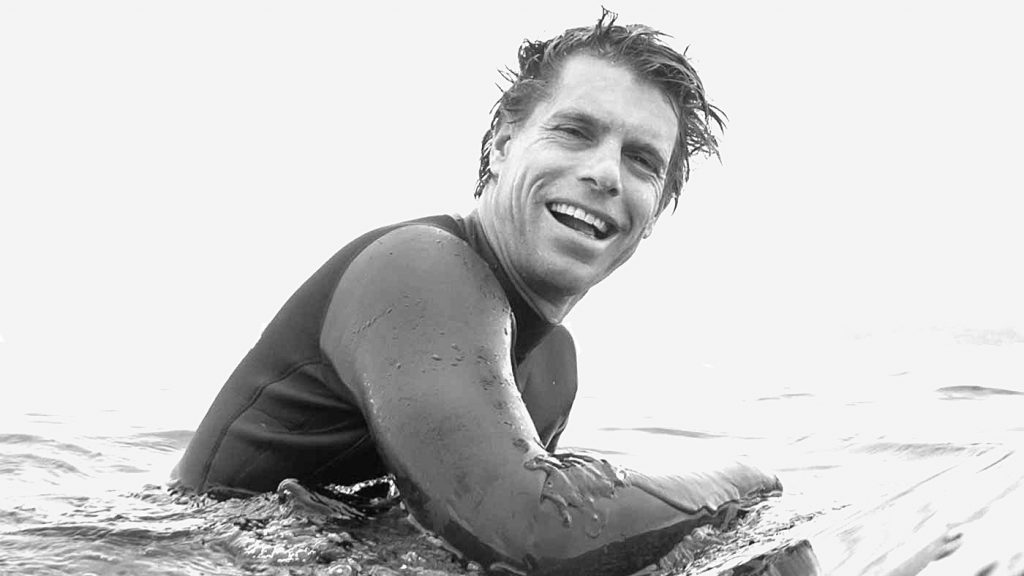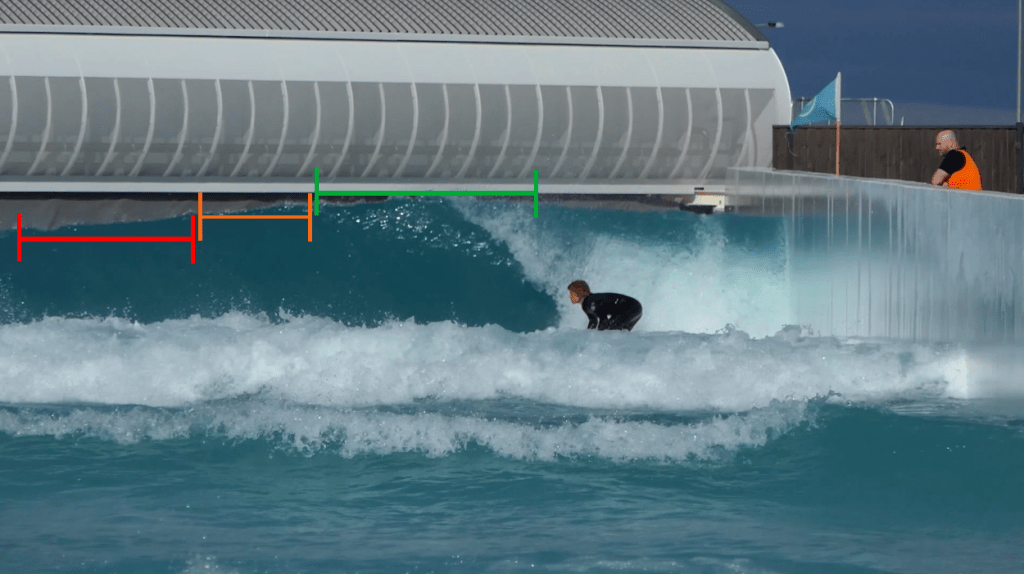The Wave Pool Whisperers – What professional surf coaches really think of wave pools

In sports coaching it’s not too difficult to get close to an athlete/participant, watch and record their moves and interrupt them for tips and advice. Football, tennis, golf, swimming, baseball, easy done. And then there’s surfing.
Unless a surfer is listening to a coach through a waterproof headset (as Ken Bradshaw and 7x world surf champ Layne Beachley did for a little while) it’s damn difficult to call them out after a wave, get them to paddle in, and address just why it is they’re moving like a newborn fawn on ice, rather than nailing the Kelly Slater-esc turn that’s playing out in their mind.
Clayton Nienaber, founder and head coach of the surf coaching method OMBE (Ocean, Mind, Body, and Equipment), says the differences between ocean and wave pool surf coaching are multi-layered. There’s more going on that one initially would imagine.
“In the ocean, I normally find that people don’t want to come in unless they’ve had a good wave and want to come in for positive reinforcement,” said Clayton. “Normally, if they’ve done something bad, which is when they should come in, they stay out and try to do well, then come in for pats on the back. Which is frustrating because you want to tell someone to do this one thing and they could take their bad thing and fix it.”
Clayton continues, “So the coach is on the beach frustrated, waiting like another 20 minutes getting sunburned and dehydrated. The surfer’s out in the water, frustrated too. And when two people are frustrated trying to communicate, how well does that work?”
But Clayton, who has coached at Urbnsurf in Melbourne, said the surfer/coach dialogue has nowhere to hide in the pool.
“The good thing about the wave pool is the way they come in and they get sucked back with the current [beside the wall and walkway] and waiting for another wave, they’re open for feedback. It’s really good, plus they can set up a particular section and do a maneuver repeatedly, which is ideal.”

But while surf coaching is easier in pools, wave-making tech differs, and every pool, and setting, has its own nuances. The ocean may be unpredictable, but not every wave pumped out of a machine is going to be suitable for learning on.
Rupert Hill of Surf Simply explained that all artificial waves are not created equal. There is a chasm between the higher-performance artificial waves and some of the cheaper technologies, especially the older standing waves.
“I’ve only tried two artificial wave technologies myself, Surf Ranch and The Wave in Bristol,” said Ru. “The Wave in Bristol is a lot of fun and I had a great time, but on any given day you’re likely to find waves as good or better at many beaches. By contrast, I’m not sure that I’ve ever seen a wave in the ocean as long, as predictable, and as perfect as every wave which Surf Ranch produces.”
Rupert continued, “The consistency and repetition which artificial waves provide are unparalleled by anything at the ocean can offer and they allow for unprecedented progression. The obvious example is the value of seconds spent inside a barrel, correcting your line of trim. You could progress in one afternoon at Surf Ranch as much as you might in many years of trips to the Mentawais. The same is true of any skill performed on the wave face, provided the artificial wave in question offers an appropriately shaped wave or section. A present each different artificial wave technology has different strengths and weaknesses in terms of the shape of the wave and therefore what skills they allow increased progression on.”

Clayton has his own take on this. He says of surfing at Urbnsurf that there’s a lot of push in the wave, so much so that at one point he had to ditch his groveller.
“I couldn’t ride my small wave board. I was going too fast, so I jumped into my regular standard, high-performance shortboard. The ocean is not nearly as predictable. But mate, if that was at my local break and I got down there and it was like that and as consistent, I’d be pumped. I would tell everyone how good it was that day.”
Surf coach to the pros, Glen ‘Micro’ Hall (who’s also recently partnered with wave pool developers Aventuur) is, unsurprisingly, rosy about the role pools can play for coaching.
“I truly believe the benefits outweigh the limitations,” said Glen. “In a wavepool, you don’t need to worry about swell, banks, tides, or crowds. There are lefts and rights, so on the same day, you can work on a surfer’s forehand and backhand.”
Glenn said the high wave frequency offers a repeatable canvas, which cuts the learning curve. And while pools can’t replicate all the challenges of ocean surfing, they do possess similar structural elements: a channel to paddle out in, banks where the waves break, impact zones, sections, and takeoff points.
“At an elite level, the possibilities that repetition affords excite me the most. As a competitive surfer, I craved opportunities to refine my technique, learn new maneuvers, and dial in my equipment. Now as a coach, I’m excited to use pools as training facilities for my athletes to help them achieve their goals.”
But not every wave in a pool is a carbon copy of the one before, even when in the same setting. Clayton shared some interesting observations about Urbnsurf’s Wavegarden facility.
“Look, the wave’s not perfect,” said Clayton. “What happens is the first wave in the set is quite bad. And the second one seems to have all the power sucked out of it. But waves three, four, five, six, seven are really fun. Waves eight to eleven have a wobble in them. You’re expecting every wave to be the same. And when it’s not, you get a little bit pissed off because it’s not doing what you expect it to do. So, I found that when I rode a setting down, the cruiser level I think, the wave got more perfect. It was slightly slower. It was easy, easy to read and I found that I got my timing down and I started to relax. Then when I went one setting up, I just used the same principle.”
For surfing, like every other sporting activity, it’s about putting the time in on the field, in the arena, or – and perhaps more pleasantly – the wave pool. Getting used to your environment is key. Golf courses are wide, meandering, and, arguable, languid – bar Shooter McGavin over there standing in a sand trap screaming at a little white ball. The ocean is even more spacious. But we all know what happens when surfers bunch up in one area, things can get a little testy. And while it’s a well-known fact that wave pools are powered by stoke, smiles, and needless shakas, several surfers in a tight space, while not competing for waves, can still cause stress. Not to mention the legions of onlookers and 2 million or so people watching on the live webcam. Are you ready?
“The first couple sessions that I had, it was hard for me to relax,” said Clayton, “It can be a pressure cooker with the whole crew, two photographers, everyone watching, but as soon as I relaxed and stopped caring I just had fun.”
Pool waves don’t have as much open face as ocean waves, and the power is tightly concentrated in the pocket. While this may not be a ‘problem’ as such, it’s an effect of current pool size and tech, and something professional surf coaches are aware of.
Says Rupert, “Once a surfer is comfortably angling the takeoff and able to create speed by finding a highline across the way face, the next two skills we teach them are floaters and cutbacks. These are the two foundational ‘horizontal’ maneuvers. Floaters allow you to climb on top of a section when the wave out runs you, and cutbacks allow you to return to the critical part of the wave when you are out running the wave. Once surfers reach an advanced level, and they’re focused on riding short performance boards, then the bottom turn becomes the most important part of the surfing, but first cutbacks and floaters need to be mastered. Both these maneuvers require a substantial amount of horizontal wave face which is lacking in many of the artificial waves at present. Perhaps this will change in the future but at the moment I do see this is a limiting factor.”

Micro agrees that wavepools generally don’t offer long, open faces to practice drawn-out turns. And that there are some aspects of ocean surfing that can’t be easily replicated in man-made environments.
“I think it will be some time before we see 8ft waves in a wavepool, or long J-Bay pointbreak-style walls. But to me, this isn’t a bad thing. The ocean is an incredibly special, humbling, and natural place. All surfers need to spend time in and respect the ocean. It’s where surfing was born, and its rightful home. Surf parks aren’t a substitute for the ocean, but they provide an awesome complement. You can get your fix, share epic moments with your family and friends, and hone skills that are transferable to the ocean. I see them both playing a role in the modern surfer’s life.”
In the ocean, we have to deal with closeouts, sections, rips, currents, and other ocean wave characteristics. While the absence of these factors in a pool is a boon, doesn’t it detract from surfing somewhat? Learning how to deal with these elements is part of the right of passage for every surfer, its valuable knowledge once gained, and it’s absent from wave pools.
“Obviously being in an artificial wave environment you’re not going to learn about every situation the ocean might throw at you,” said Rupert. “However, I think this is a bit of a non-problem. Any naturally occurring surf spot will also allow you to repeat and progress with some skills while not offering you the opportunity to learn other skills. I think artificial waves are the same as every other soft spot in this respect.”
Glen has a similar take, “Surfing in the ocean is fun and addictive because it’s unpredictable. It can be 1ft and onshore one day, and 6ft and perfect the next. Some conditions can’t be replicated in surf parks, but they do offer the ultimate canvas for surfers to slow down, focus, and practice skills which will better equip them for their next ocean surf.”
Micro says that after years of teaching lessons on the beach, he understand just how many distractions there are for first-timers and novice surfers.
“There has been a huge influx of new surfers in our oceans in recent years,” added Micro. “Teaching more learners in wave pools could take the pressure off our ocean lineups. The ability to offer tailored, personalized instruction in a controlled environment enables early-stage surfers to learn the fundamentals much more quickly than if they were in the ocean.”
Related Coverage
